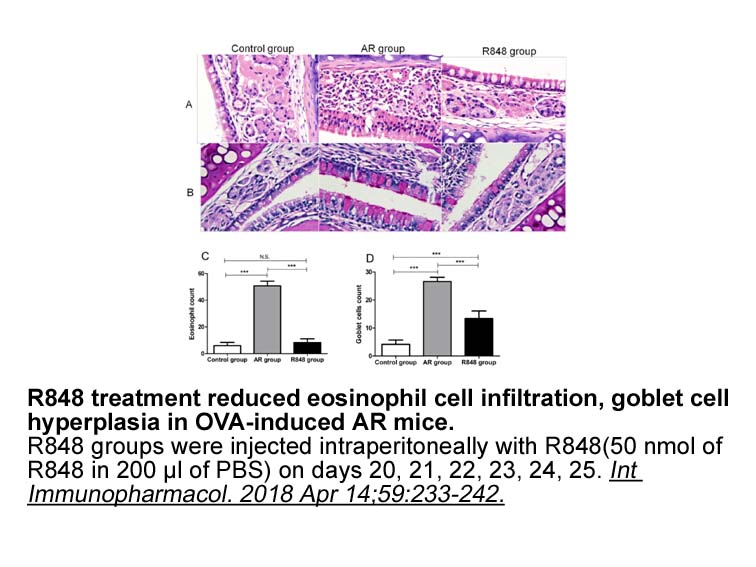Archives
Concurrent with the clinical evaluation of the family the ge
Concurrent with the clinical evaluation of the family, the genetic findings from a molecular autopsy may help to elucidate the cause of death in the decedent, as well as provide a basis for cascade genetic testi ng of at-risk family members. Offering cascade genetic testing to asymptomatic relatives should always be performed in conjunction with clinical evaluation, and only alongside comprehensive pre- and post-test genetic counseling [47]. Cascade genetic testing may also reveal de novo cases, where the parents of the decedent do not carry the disease-causing mutation. In this case, the only at-risk relatives would be the offspring of the decedent.
If an underlying diagnosis is made using both clinical and genetic evaluation of the family, subsequent management and follow-up depend on the disease in question. This will often trigger more specific family cascade clinical screening, and, if available, genetic testing [24]. If no diagnosis is made after a comprehensive clinical (±genetic) review, then asymptomatic adult relatives can be discharged from care on the proviso that new symptoms or family information should be reported immediately. More commonly, the relative being screened is a child, in which case regular follow-up is indicated until adulthood, with the knowledge that many genetic heart diseases most commonly manifest as clinical disease in the second decade of life [54,55]. Some diseases such as ARVC or HCM may occasionally present later in life; the clinical follow-up duration may therefore need to be extended.
Family management in the setting of SCD of a young person is complex and ideally suited for a multidisciplinary specialized approach (Fig. 6). The range of management issues is diverse, including clinical cardiovascular care, genetic evaluation and tests, interpretation of results, conveying the information to the surviving family, and managing the ongoing psychosocial wellbeing of the FMK [56]. The specialized multidisciplinary cardiac genetic clinic is a model used globally, and is dedicated to cardiac genetics with appropriately trained staff [19,24,43,57,58]. The multidisciplinary clinic provides expertize not only in the clinical and genetic aspects of disease, but also in the integration of key links with other critical members of the team in addition to the cardiologist. These team members may include cardiac genetic counselors, geneticists, forensic pathologists, primary care physicians, nurses, clinical psychologists, and patient support groups (Fig. 6). The role of the cardiac genetic counselor is especially important in providing education, normalizing grief responses, arranging genetic testing, and developing a strong bond with the family as a key support person [59].
ng of at-risk family members. Offering cascade genetic testing to asymptomatic relatives should always be performed in conjunction with clinical evaluation, and only alongside comprehensive pre- and post-test genetic counseling [47]. Cascade genetic testing may also reveal de novo cases, where the parents of the decedent do not carry the disease-causing mutation. In this case, the only at-risk relatives would be the offspring of the decedent.
If an underlying diagnosis is made using both clinical and genetic evaluation of the family, subsequent management and follow-up depend on the disease in question. This will often trigger more specific family cascade clinical screening, and, if available, genetic testing [24]. If no diagnosis is made after a comprehensive clinical (±genetic) review, then asymptomatic adult relatives can be discharged from care on the proviso that new symptoms or family information should be reported immediately. More commonly, the relative being screened is a child, in which case regular follow-up is indicated until adulthood, with the knowledge that many genetic heart diseases most commonly manifest as clinical disease in the second decade of life [54,55]. Some diseases such as ARVC or HCM may occasionally present later in life; the clinical follow-up duration may therefore need to be extended.
Family management in the setting of SCD of a young person is complex and ideally suited for a multidisciplinary specialized approach (Fig. 6). The range of management issues is diverse, including clinical cardiovascular care, genetic evaluation and tests, interpretation of results, conveying the information to the surviving family, and managing the ongoing psychosocial wellbeing of the FMK [56]. The specialized multidisciplinary cardiac genetic clinic is a model used globally, and is dedicated to cardiac genetics with appropriately trained staff [19,24,43,57,58]. The multidisciplinary clinic provides expertize not only in the clinical and genetic aspects of disease, but also in the integration of key links with other critical members of the team in addition to the cardiologist. These team members may include cardiac genetic counselors, geneticists, forensic pathologists, primary care physicians, nurses, clinical psychologists, and patient support groups (Fig. 6). The role of the cardiac genetic counselor is especially important in providing education, normalizing grief responses, arranging genetic testing, and developing a strong bond with the family as a key support person [59].
Conclusions
Conflict of interest
Acknowledgments
CS is the recipient of a National Health and Medical Research Council (NHMRC) Practitioner Fellowship (#1059156). JI is the recipient of an NHMRC and National Heart Foundation of Australia Early Career Fellowship (#1036756).
Introduction
The inherited arrhythmogenic disorders include J wave syndromes, consisting of Brugada (BrS) and early repolarization syndrome (ERS), long QT syndrome (LQTS), short QT syndrome (SQTS), and catecholaminergic polymorphic ventricular tachycardia (CPVT). Atrial arrhythmias including atrial fibrillation (AF), atrial flutter (AFL), and paroxysmal supraventricular tachycardias (atrioventricular nodal reentrant tachycardia [AVNRT], atrioventricular reentrant tachycardia [AVRT], and atrial tachycardia [AT]) frequently coexist with inherited arrhythmogenic disorders. Atrial arrhythmias are being increasingly recognized particularly in patients with BrS and SQTS [1,2].
Prevalence of atrial arrhythmias
The prevalence of atrial arrhythmias in inherited arrhythmogenic disorders varies depending on the type of arrhythmia, mode of detection (12-lead electrocardiogram [ECG], Holter monitoring, or implantable cardioverter defibrillator [ICD] monitoring), and clinical presentation of inherited arrhythmogenic disorders, which can be manifested, suspected, or concealed (drug-induced type 1 Brugada pattern) (Fig. 1).